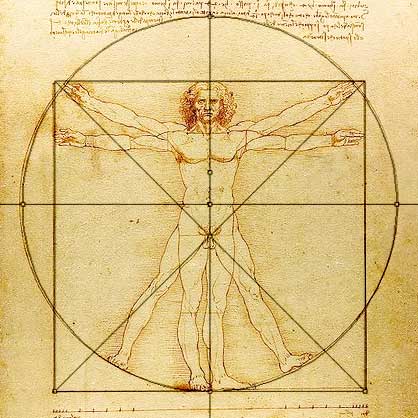 Do you get frustrated learning and remembering steps?
Do you get frustrated learning and remembering steps?
Unequivocally, I do. I’ve been there and struggle with this negative creature on an ongoing basis.
Frustration, that unwelcome emotion, often in cahoots with the nagging critical voice has a nervous system all its own, increasing tension and messing with our breathing. It is the ultimate saboteur. It can take over all reason and infiltrate the very thinking that is needed to move towards a goal and constructive learning. It’s an expert rattler.
I have found it to be yet another habit that has imprinted itself on my learning system – the ever present nag, the should’ve gotten this by now BIG voice inside, and very much bent on sabotaging the thing that I want most: achieving a goal.
If you are human (like me!) you have been frustrated. It’s not going to go away without getting a handle, particularly when you have a lot of skin in the game. Stuff like when you are preparing to go onto the ballroom floor and you want to win.
I often ask, “what is this frustration about”? Is there a purpose?
The good news is that frustration is an emotion based on hope. The goal is there – learning, remembering, attaining something. We expect to reach our goal but it is sometimes thwarted by our expectations which are often based on an inner voice that won’t quit. On the positive side, it’s purpose is to cause an increase in focus and extra effort to meet that goal of nailing the difficult transitions from one set of steps to another. Or getting an organic connection with your partner.
On the negative side, frustration that turns into anger or a downward spiral of confidence is goal killing.
Here are some things that I have learned:
- Honor your way of learning. If you need to repeat 8 counts of music 10 times, voice that to your teacher. Teachers would rather do this than deal with the negative side of frustration. (If you are a teacher/pro, model the encouragement that you offer to your student, to yourself!)
- Step back from what is causing the frustration. Get some emotional distance. Take a short water break.
- Do something that you know you can succeed at, what you can do well, automatically.
- Sometimes it’s best to give up and fight another day.
Our teachers should be our biggest supporters and I have found that to be true in my experience. I hope that is your experience as well. The gift to ourselves is to keep frustration on the positive side and to know how we best learn, to breathe, and adopt a calm focus.
Happy Dancing! How do you deal with frustration? If you know other dancers who may benefit from reading my blog, please forward.
To get my free 10 Steps to Competitive Greatness in PDF format, click here.


 “10 Steps to Competition Greatness”
“10 Steps to Competition Greatness” 
 While listening to NPR, I heard a software designer utter the phrase “Lazy like a fox”. He was referring to taking advantage of other’s inroads into discoveries that cut corners, essentially saving the time and energy.
While listening to NPR, I heard a software designer utter the phrase “Lazy like a fox”. He was referring to taking advantage of other’s inroads into discoveries that cut corners, essentially saving the time and energy. During my professional ballet career I was introduced to a new teacher by one of my fellow dancers. Her name – Maggie Black. She recently passed away and this brought an outpouring of reflections from her loyal, loving and ‘forever changed’ students. Her method of teaching ballet was anatomically focused and her commitment to this was the rigor that we all saw as our ticket to freedom of movement. Sometimes her way of delivering this focus was gentle, at times forceful at other times with humor. Her classes became both a social network and an intensive workshop.
During my professional ballet career I was introduced to a new teacher by one of my fellow dancers. Her name – Maggie Black. She recently passed away and this brought an outpouring of reflections from her loyal, loving and ‘forever changed’ students. Her method of teaching ballet was anatomically focused and her commitment to this was the rigor that we all saw as our ticket to freedom of movement. Sometimes her way of delivering this focus was gentle, at times forceful at other times with humor. Her classes became both a social network and an intensive workshop. Many years ago, during my ballet career, I regularly performed at the Metropolitan Opera House with American Ballet Theater. Although most of my time was spent in the corps de ballet, I did have the opportunity to perform many solos. They were the outcome of years of study starting at the age of 8 and culminating in a professional career with an often punishing performing schedule. I danced full length ballets like Swan Lake and Giselle, repertoire pieces (3 or 4 per night) and I was always on stage.
Many years ago, during my ballet career, I regularly performed at the Metropolitan Opera House with American Ballet Theater. Although most of my time was spent in the corps de ballet, I did have the opportunity to perform many solos. They were the outcome of years of study starting at the age of 8 and culminating in a professional career with an often punishing performing schedule. I danced full length ballets like Swan Lake and Giselle, repertoire pieces (3 or 4 per night) and I was always on stage.


